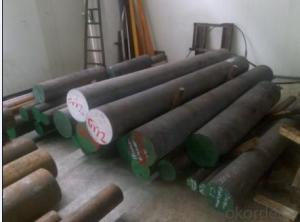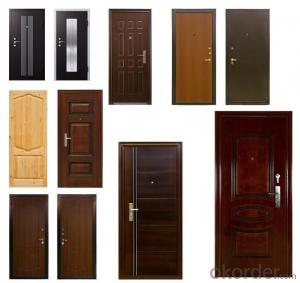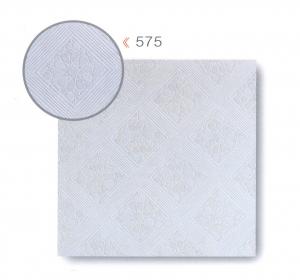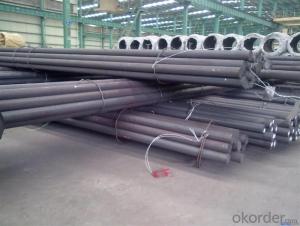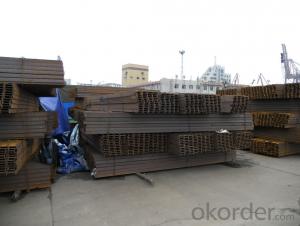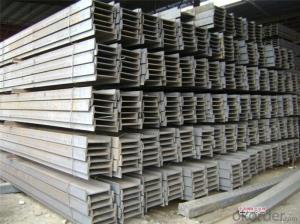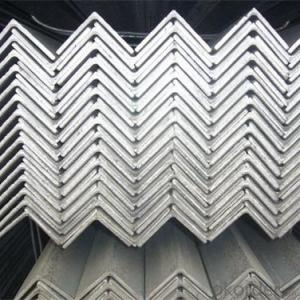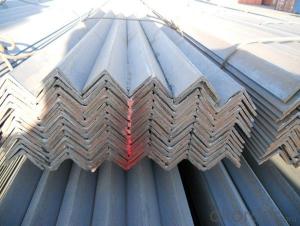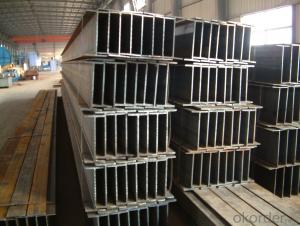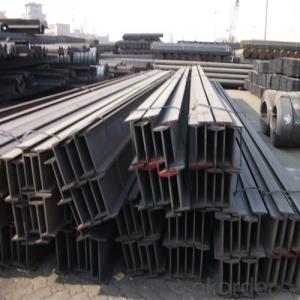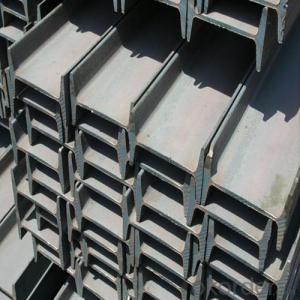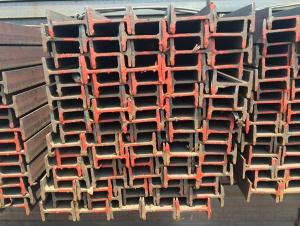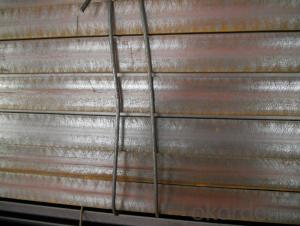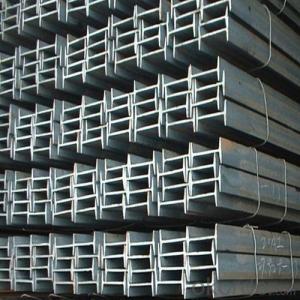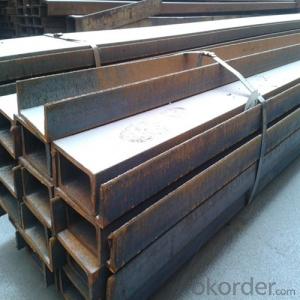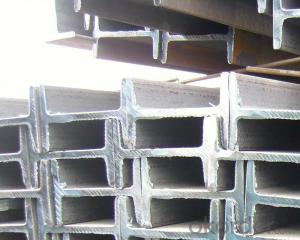Joining Steel Beams
Joining Steel Beams Related Searches
Best Paint For Stainless Steel Blanket Insulation For Steel Buildings Primer For Galvanized Steel Foam Filter For Stainless Steel H S Code For Stainless Steel Surface Grinding Wheels For Stainless Steel Surface Grinding Wheels For Hardened Steel Hole Saw For Stainless Steel Paint For Stainless Steel Stainless Steel For BbqHot Searches
Steel Mesh Panels For Sale Price For Stainless Steel Scrap Scrap Price For Stainless Steel Price For Stainless Steel Stainless Steel Tank For Sale Stainless Steel Sheets For Sale Cheap High Tea Sets For Sale Stainless Steel Tanks For Sale Stainless Steel For Sale High Density Fiberboard For Sale Solar Hot Water Collectors For Sale Scaffolding For Sale In Uae Scaffolding For Sale In Ireland Scaffolding For Sale In Houston Type Of Inverter For Solar Price Of Shipping Containers For Sale Types Of Inverter For Solar Stock Price For Aluminum Used Solar Inverter For Sale Steel Mesh Panels For SaleJoining Steel Beams Supplier & Manufacturer from China
Okorder.com is a professional Joining Steel Beams supplier & manufacturer, offers integrated one-stop services including real-time quoting and online cargo tracking. We are funded by CNBM Group, a Fortune 500 enterprise and the largest Joining Steel Beams firm in China.Hot Products
FAQ
- To calculate the bending stress in steel I-beams, you need to consider the properties of the beam, the applied load, and the beam's cross-sectional dimensions. The bending stress, also known as flexural stress, is a measure of the internal resistance of the beam to bending. First, determine the moment of inertia (I) of the beam's cross-section. This is a measure of how the area is distributed around the neutral axis and is calculated differently for different cross-sectional shapes. For an I-beam, the moment of inertia can be found using standard formulas or by referencing engineering handbooks. Next, calculate the maximum bending moment (M) acting on the beam. This is the product of the applied load and the distance from the load to the point where the bending stress is being calculated. The maximum bending moment typically occurs at the point of maximum deflection or at the location of the highest applied load. Once you have the moment of inertia and the maximum bending moment, you can calculate the bending stress using the formula: Bending Stress (σ) = (M * y) / I where σ is the bending stress, M is the maximum bending moment, y is the perpendicular distance from the neutral axis to the outermost fiber of the beam, and I is the moment of inertia. It's important to note that the calculated bending stress should be compared to the allowable bending stress or design stress, which is a limit determined by the material's strength and safety factors. If the calculated bending stress exceeds the allowable stress, the beam may need to be redesigned or additional support may need to be added to ensure the safety and structural integrity of the I-beam.
- How heavy is the steel rope for lifting I-beam?
- Lifting the I-beam, the steel rope is calculated according to the weight of the hoisting I-beam, and the weight of the wire rope can not be selected without the weight of the lifting at one time.
- Use I-beam to make the beam, and then add a piece of steel plate, steel plate and then play cast, so do it?
- The steel beam and the two ends of the structure can be hinged, and the embedded parts shall be finished well.The main problem of steel beams is corrosion protection, which can be maintained regularly with anticorrosive paint.
- Some common methods for protecting steel I-beams from corrosion include applying paint or coatings, using galvanization or hot-dip galvanizing, and utilizing cathodic protection systems.
- Yes, steel I-beams can be used for elevated storage racks or shelves. Steel I-beams are known for their strength and durability, making them an ideal choice for supporting heavy loads in elevated storage systems. They provide excellent structural support and can be customized to meet specific weight and size requirements, making them a reliable option for creating sturdy and efficient storage solutions.
- The price of Steel I-Beams may differ due to different factors including beam size, length, and quality. Typically, Steel I-Beams can be priced anywhere from $50 to $200 per linear foot. However, it's crucial to consider that prices can change depending on market conditions, location, and supplier. Moreover, other expenses like delivery fees, taxes, and any customization or special requests can affect the overall cost. Hence, it is advisable to get in touch with local suppliers or manufacturers for precise and current pricing details.
- Steel I-beams are designed specifically to efficiently distribute loads over a large area. Their unique shape and structural properties make them excellent at carrying heavy loads and distributing them evenly along their length. This load distribution capability allows steel I-beams to provide strong support and stability, making them a preferred choice in various construction and engineering applications.
- Indeed, sign structures can be constructed using steel I-beams. In the realm of construction, steel I-beams are frequently employed owing to their robustness and long-lasting nature. These I-beams possess the capability to bear substantial loads and deliver stability, thereby rendering them suitable for supporting sign structures. By utilizing steel I-beams, the sign structure is guaranteed to endure harsh environmental elements like wind, thus ensuring its longevity. Furthermore, steel I-beams can be manipulated to achieve the desired shape and size, thereby allowing for flexibility in design and customization. All in all, owing to their strength and adaptability, steel I-beams are a dependable and widely utilized material for sign structures.

















